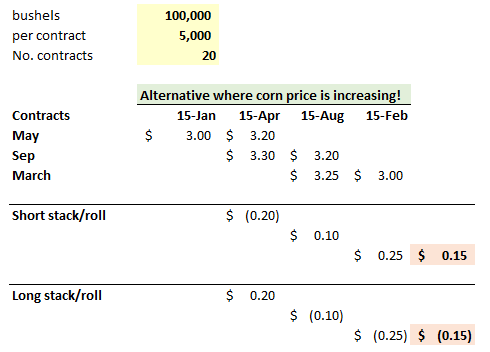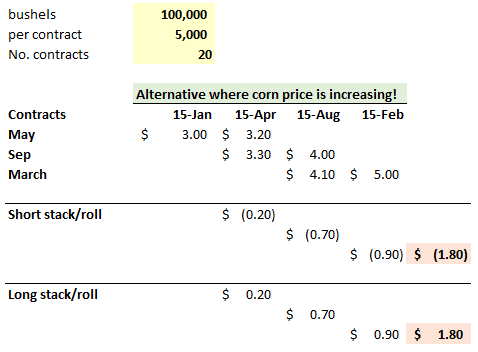FRM 1, Foundations, Chapter 2, Question No. 2.14: MGRM was exposed to a shift in the price curve from backwardation to contango, which meant that the program generated huge margin calls that became a severe and unexpected cash drain.
A. True
B. False
As per Section 2.7 (What can go wrong in Corporate Hedging?), it should be 'True'. The 'Answers' section, however, states: 'False because the curve moved from backwardation to contango'.
A. True
B. False
As per Section 2.7 (What can go wrong in Corporate Hedging?), it should be 'True'. The 'Answers' section, however, states: 'False because the curve moved from backwardation to contango'.






